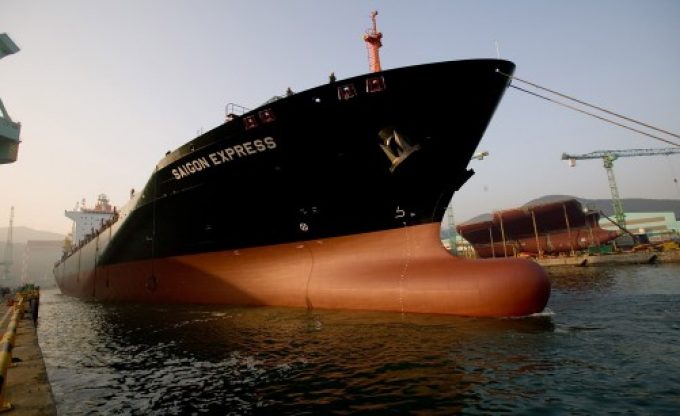Path now clear for Cosco to join consortium to buy HPH port terminals
The expiry of yesterday’s 145-day deadline for exclusive negotiations between Hutchison Port Holdings (HPH) and ...

Boxship lessor Seaspan Corporation says it remains “fully focused” on growing its non-operating containership-owning business, despite its recent decision to invest in the energy sector.
In a lengthy Q&A session, part of its third-quarter earnings call yesterday, management repeatedly denied that a potential $200m investment in ...

Comment on this article